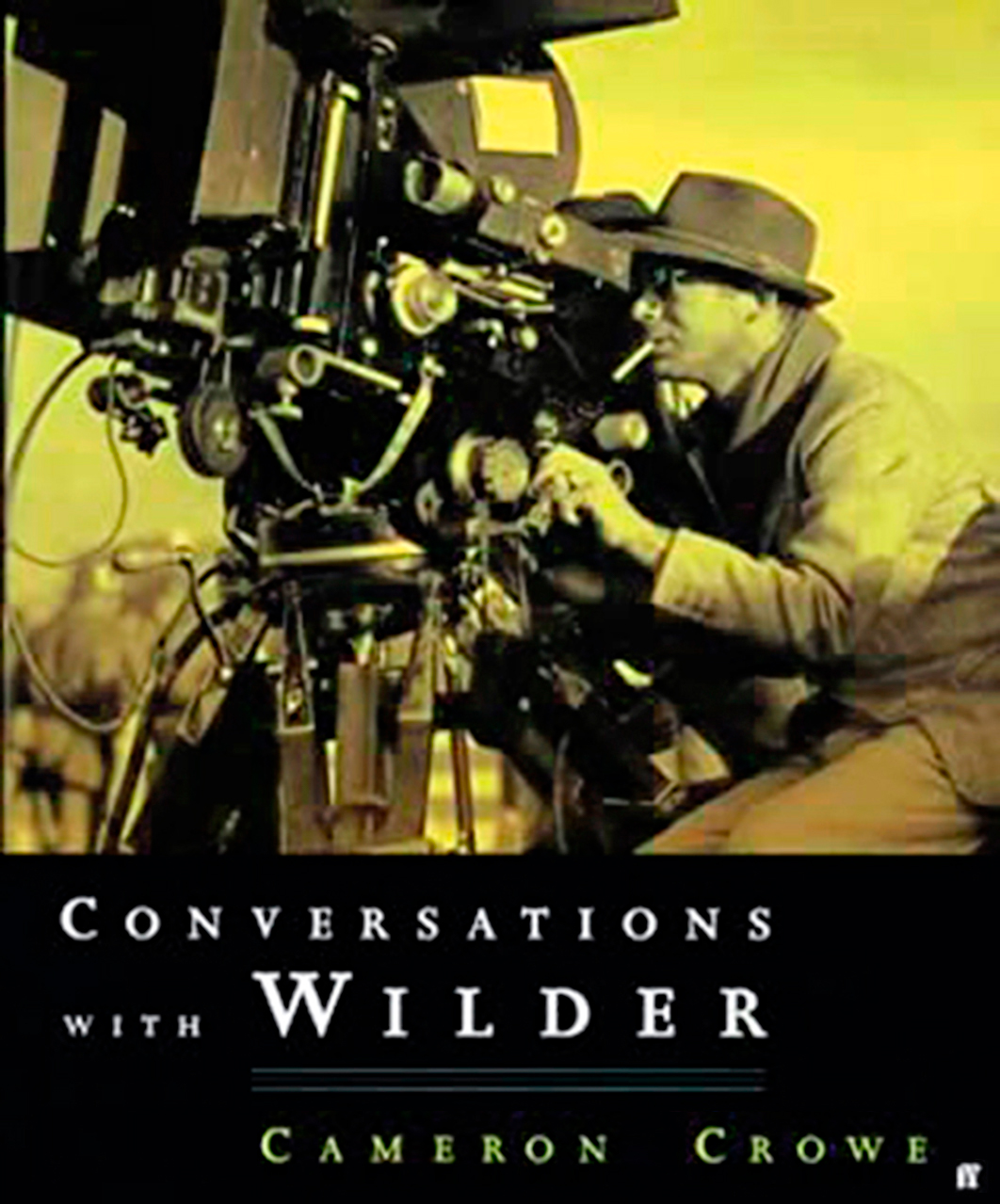What do you think?
Rate this book


377 pages, Hardcover
First published January 1, 1999
"The director, the director ... wearing a buttonhole here ... the director is just another guy that helps with the making of the picture. I have a little louder voice, I've got a little more freedom, the choice is min, and it's fun. But many people make the movie. It's fun to make pictures because you live, actually live five, ten, or fifteen or twenty different lives. Because you're moving in different backgrounds. You're not going every day to the shop and selling hats your whole life. No. I have a hat shop, but also I am a brain surgeon, and .... I've lived many lives. It all depends how interesting the background is. And, of course, character." - p. 100-101
"CC: Given the choice of comedy, charisma, or dramatic prowes, which do you value most in a leading actor?
BW: The comedian. The comedian can sometimes be serious, but the serious actor can rarely be comic." -p. 240
"Sentimentality, or 'sentimentality,' in quotes, is to show one's sentiment - to be affected by a scene which makes you sit back and react in a way you cannot help. You cannot help it. That can be a wonderful thing. But then there is a false sentimentality, obvious sentimentality, and that you reject, that you hate. It's better if the picture just goes on, you like it, you don't like it. Some directors are very, very sentimental, and they get away with it. Some others, the try for it, they try for, they try for it ... the try to keep levelheaded and impartial, but they cannot." - p. 280-281
"WILDER'S TIPS FOR WRITERS
The audience is fickle.
Grab 'em by the throat and never let 'em go.
Develop a clean line of action for your leading character.
Know where you're going.
The more subtle and elegant you are in hiding your plot points, the better you are as a writer.
If you have a problem with the third act, the real problem is in the first act.
A tip from Lubitsch; Let the audience add up two plus two. They'll love you forever.
In doing voice-overs, be careful not to describe what the audience already sees. Add to what they are seeing.
The event that occurs at the second-act curtain triggers the end of the movie.
The third act must build, build, build in tempo and action until the last event, and then --
-- that's it. Don't hang around." - p. 357